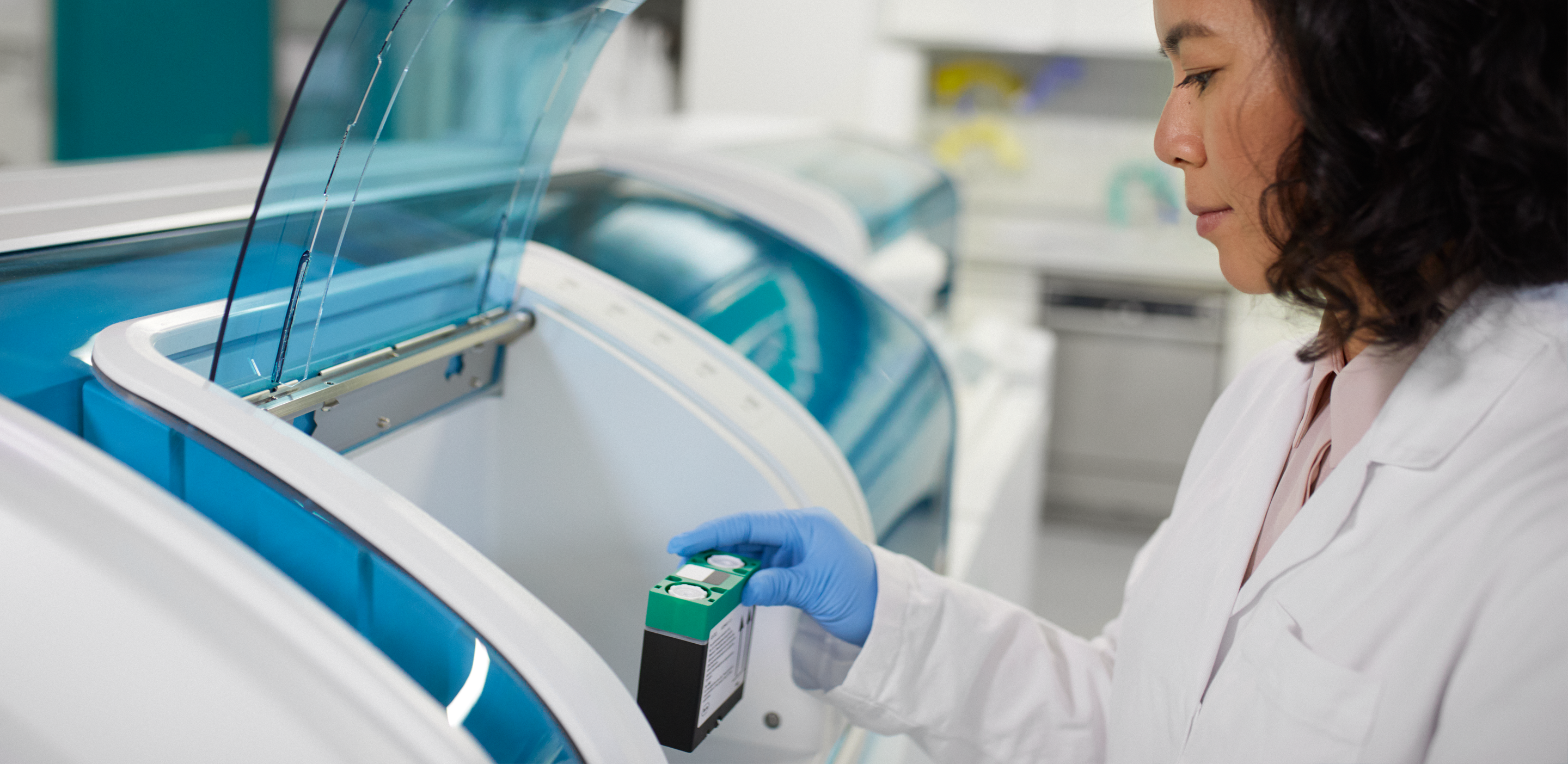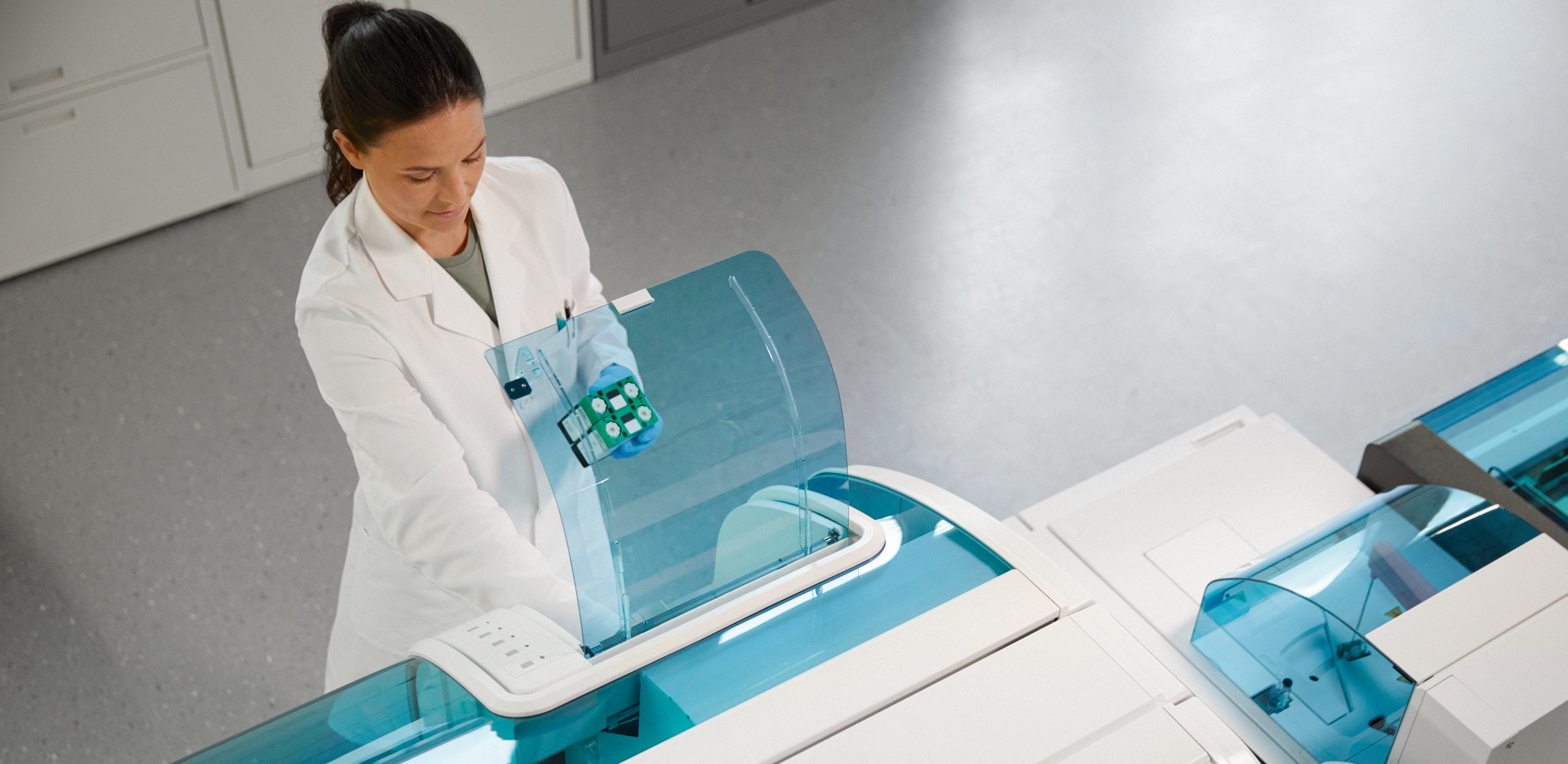Tina-quant® C-Reactive Protein1-9
C‑reactive protein is the classic acute phase protein in inflammatory reactions. It is synthesized by the liver and consists of five identical polypeptide chains that form a five‑membered ring having a molecular weight of 105000 daltons.
CRP is the most sensitive of the acute phase reactants and its concentration increases rapidly during inflammatory processes. Complexed CRP activates the classical complement pathway. The CRP response frequently precedes clinical symptoms, including fever.
In normal healthy individuals CRP is a trace protein with a range up to 5 mg/L. After onset of an acute phase response the serum CRP concentration rises rapidly and extensively. The increase begins within 6 to 12 hours and the peak value is reached within 24 to 48 hours. Levels above 100 mg/L are associated with severe stimuli such as major trauma and severe infection (sepsis). CRP response may be less pronounced in patients suffering from liver disease.
CRP assays are used to detect systemic inflammatory processes; to assess treatment of bacterial infections with antibiotics; to detect intrauterine infections with concomitant premature amniorrhexis; to differentiate between active and inactive forms of disease with concurrent infection, e.g. in patients suffering from SLE or Colitis ulcerosa; to therapeutically monitor rheumatic disease and assess anti‑inflammatory therapy; to determine the presence of post‑operative complications at an early stage, such as infected wounds, thrombosis and pneumonia, and to distinguish between infection and bone marrow rejection. Postoperative monitoring of CRP levels of patients can aid in the recognition of unexpected complications (persisting high or increasing levels).
Measuring changes in the concentration of CRP provides useful diagnostic information about how acute and how serious a disease is. It also allows judgements about the disease genesis. Persistence of a high serum CRP concentration is usually a grave prognostic sign which generally indicates the presence of an uncontrolled infection.



